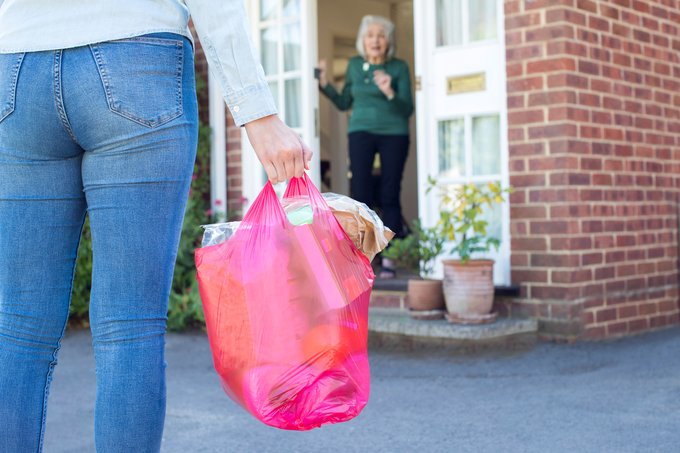
Published: ​May 6, 2020
The Bottom Line
- Many factors affect people’s ability to be resilient to disasters, such as age, health status, social support and the communication channels used to inform them.
- But it is not only individuals who are struck by disasters, it is entire communities that are shaken.
- Implementing a community resilience plan, a community can come together and overcome any disaster, while rebuilding socially, physically and economically.
- Nine key elements have been identified to foster community resilience in the face of disasters: knowledge, networks and community relations, communication, health, governance and leadership, resources, economic investment, preparedness and mental attitudes.
Based on a recent, moderate-quality systematic review, nine key elements of resilience have been identified to strengthen a community.
The McMaster Optimal Aging Portal (mcmasteroptimalaging.org), a unique online health resource created by McMaster University to support the healthy aging of Canada’s older adult population, is highlighting ways to stay active and engaged while practicing physical distancing during the current COVID-19 pandemic.​ Read more.

